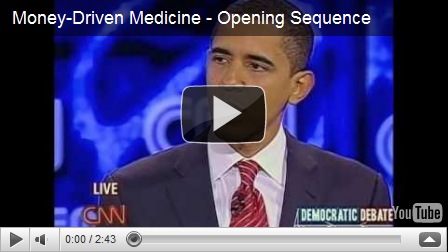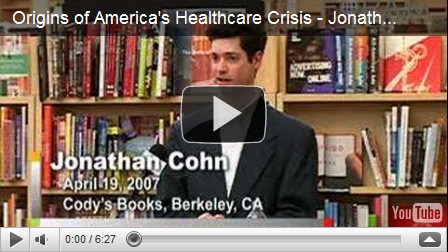Bird's eye view of more than a mile long rake as seen from Lowell's Observatory.(Arizona)

Clive Peedell in The Health Care Blog picks up today where I left off regarding the NHS in U.K. He correctly identified that the NHS white paper is a plan to dismantle the NHS by allowing market forces to operate to disengage the NHS from health care bit by bit. He call this task “creative destruction.” This NHS will not fall overnight because the market’s invisible hand will destroy it in a piecemeal fashion, leaving the unprofitable areas of healthcare firmly in public sector hands.
“The key policy levers enabling this to happen are:
1. The purchaser provider split, with GP commissioning consortia taking the leading role on the purchaser side of the divide.
2. Patient Choice.
3. Competition between a plurality of ‘any willing providers’.
4. Payment by Results with price competition.
5. Patient held budgets.
6. Foundation trusts becoming social enterprises and the abolition of the cap on their private income.”
This demonstrates the absolute power of economics. Sooner or later most if not all nationalized systems lose influence. They cost more than predicted, and collapse inwardly.
Mr. Obama, with his “community organizer” banner has had a steep learning curve in this regard. He either disregarded his lessons in Economics at Harvard, or failed to attend all the classes. Mr. Obama never ran a business. Observers, participants and voters see this as the reforms measures are put in place in the U.S.
Anyway, I digress, back to Mr. Peedell’s predictions.
Either way, moving to a more nationalized system, or leaving one is a messy process for doctors and hospitals. The players will remain the same, their checks will come from different payers, and the taxpayer will pay for it all.
The white paper is therefore designed to fulfill a longstanding Tory dream - to dismantle the NHS and replace it with the private sector, which will receive its profits from the UK taxpayer.
Health reform, either way is always a hot political potato, It is also political suicide to dismantle the NHS, so it is being performed using the political rhetoric of patient empowerment through the patient choice agenda, and clinician empowerment by giving GPs a budget of £80bn.

Amazingly, Andrew Lansley is getting away with it because there is far too little understanding and resistance from the medical profession, which is realistically the only group of people that can prevent this assault on the NHS.
Either way politicians lose votes. This most recent election in the U.S. demonstrates this phenomenon as the democrats lost control of the US Congress.
Clive Peedell is a consulting oncologist and is co-chair of Britain's NHSCA. He contributes regularly to: Hospital.dr.co.uk
…..(to be continued)



















